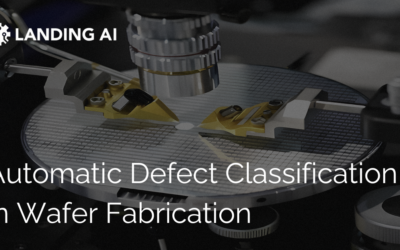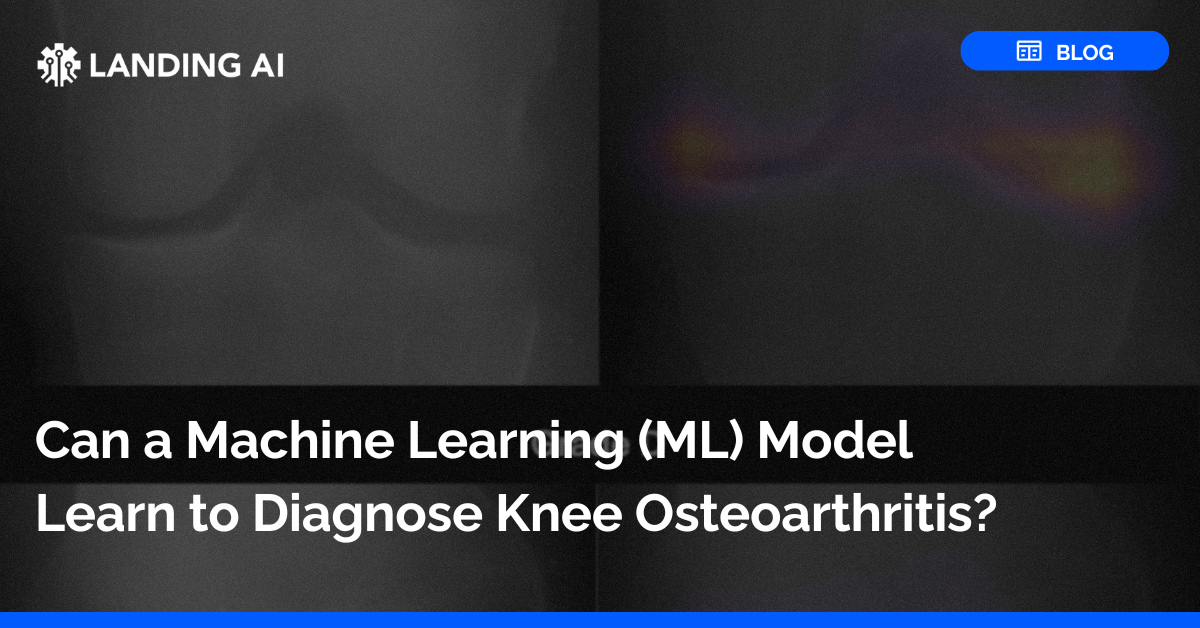Deep Learning for Battery Inspection: The Landing AI and LandingLens Difference
CASE STUDYExpanding mobile device, electric vehicle, drone, and untethered autonomous robot use is driving increased demand for a variety of battery technologies. While each battery is designed to meet the specific needs of an application, all must be lightweight and compact, deliver long life both during use and in storage, and output relatively consistent voltage in operation. While these goals can be achieved in numerous ways using a variety of battery technology, materials and processes, many battery designs meet such demanding performance requirements using multilayer structures. Unfortunately, small flaws or defects in a material that’s either coiled or stacked into a multilayer structure tend to compound with each layer, potentially becoming larger or even catastrophic defects in the final assembly. So deep learning for battery inspection is key.
Read more by downloading the Case Study.



